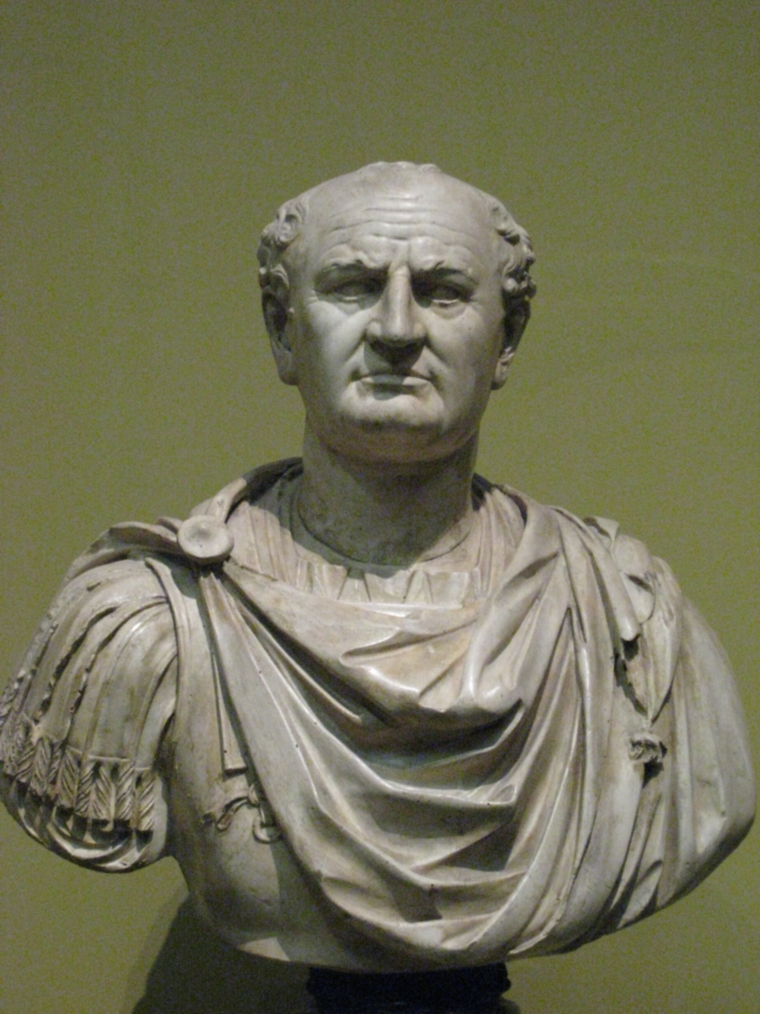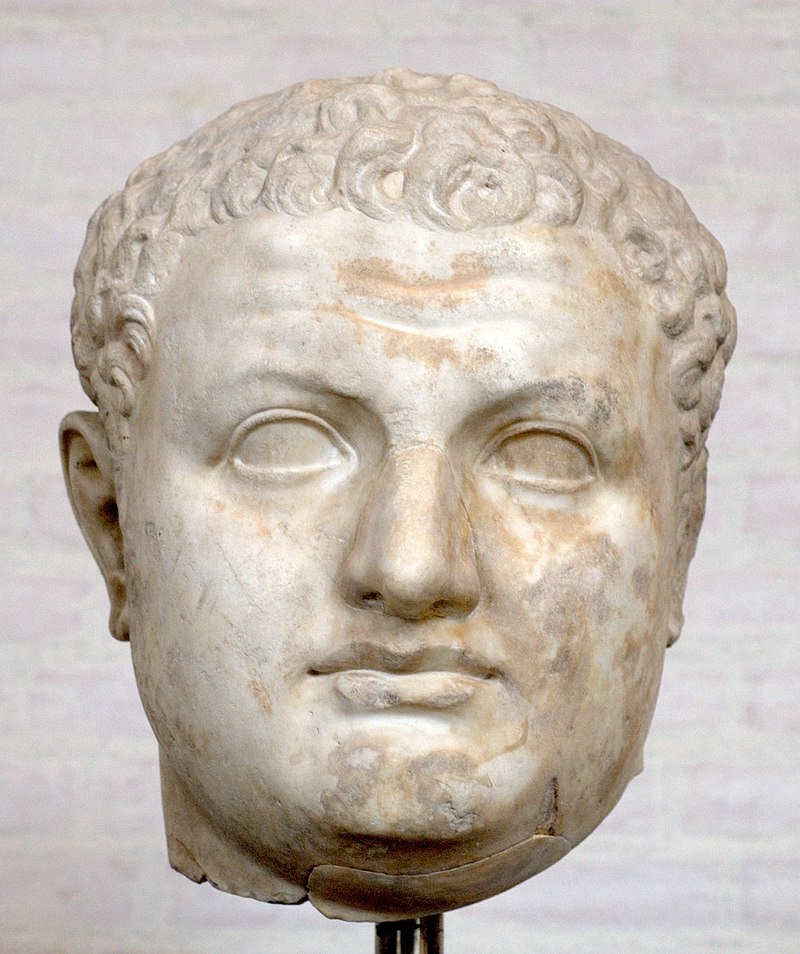He was the last member of the Flavian dynasty
It is a fact that he was the last member of the Flavian dynasty. Between AD 69 and 96, the Flavian dynasty dominated the Roman Empire, covering the reigns of Vespasian (69-79) and his two sons Titus (79-81) and Domitian (81–96). During the civil war of 69, known as the Year of the Four Emperors, the Flavians rose to power. After the deaths of Galba and Otho in quick succession, Vitellius ascended to the throne in mid-69. Legions stationed in the Eastern provinces swiftly contested his claim to the throne, declaring their commander Vespasian emperor in his place. The Second Battle of Bedriacum effectively shifted the balance in favor of the Flavian armies, who stormed Rome on December 20. The following day, the Roman Senate declared Vespasian Emperor of the Roman Empire, launching the Flavian dynasty. Although the dynasty was short-lived, major historic, economic, and military events occurred during their reign.
Economic and cultural reforms were also initiated by the Flavians. New tariffs were created under Vespasian to repair the Empire's finances, while Domitian revalued Roman coinage by increasing its silver content. Titus implemented a huge building program to commemorate the ascension of the Flavian dynasty, leaving numerous surviving buildings in Rome, the most remarkable of which was the Flavian Amphitheatre, commonly known as the Colosseum.
Domitian was killed on September 18, 96, bringing an end to the Flavian rule. Marcus Cocceius Nerva, a lifelong Flavian supporter, and counselor succeeded him and established the long-lived Nerva-Antonine dynasty. The Flavian dynasty was unique among the four Principate Era dynasties in that it consisted of only one father and his two sons, with no extended or adopted family.










